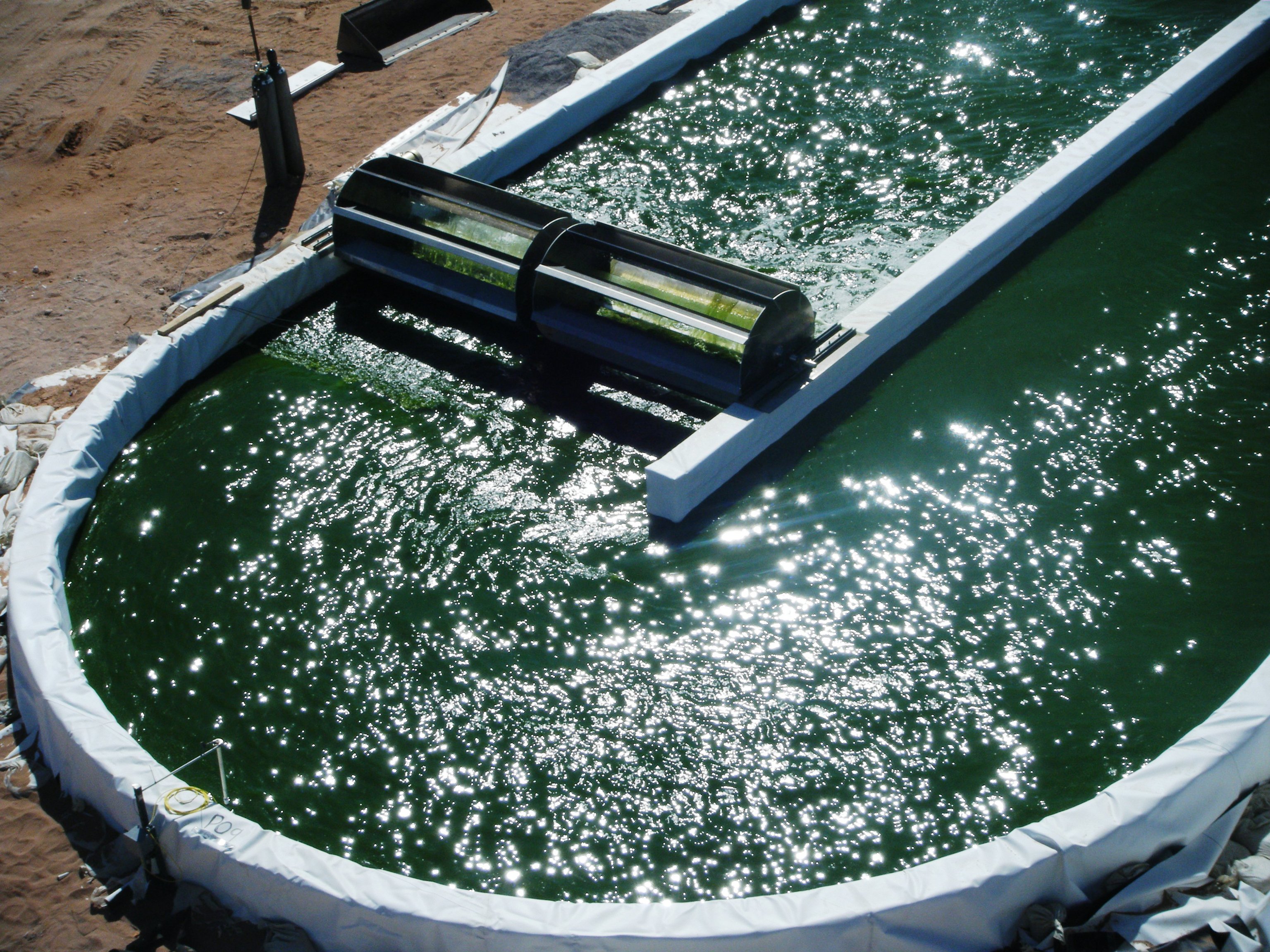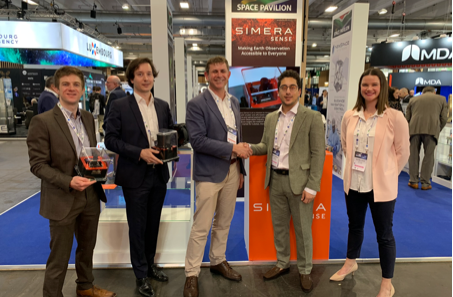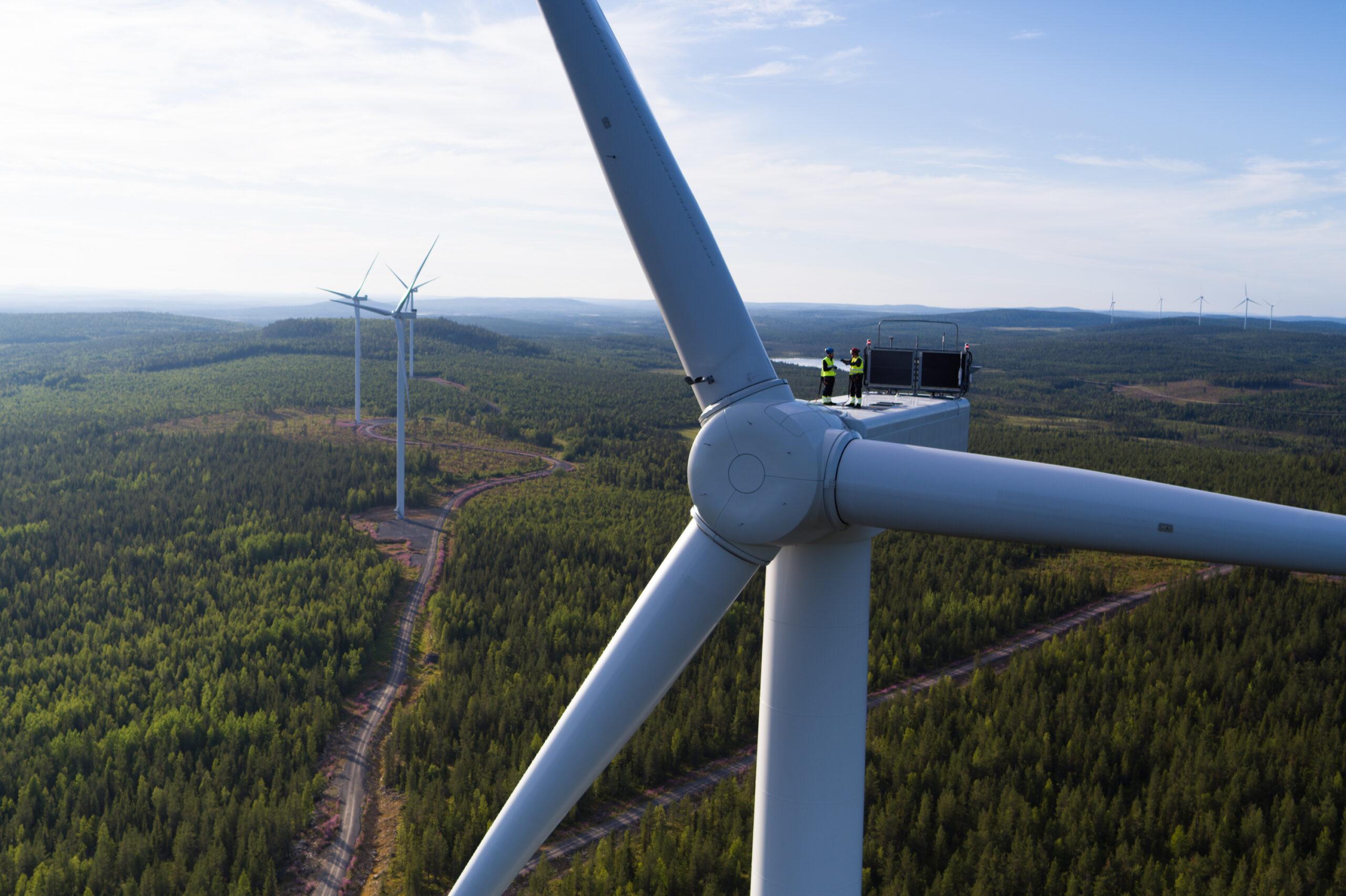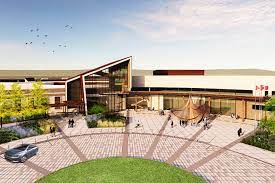
Sapphire Energy, Inc., one of the world leaders in algae-based green crude oil production, has secured the final tranche of $144 million investment funding.
Readers of our 1 April story about profal oil need not be sceptical. It’s not the first of April today.
With this final investment round, San Diego-based Sapphire Energy’s total funding from private and public sources has risen to over $300 million.
The money is being used to support Sapphire Energy’s commercial demonstration in Luna County, New Mexico. The Green Crude Farm, also known as the Integrated Algal BioRefinery (IABR), is the world's first commercial demonstration scale algae-to-energy facility, integrating the entire value chain of algae-based fuel, from cultivation to production to extraction of ready-to-refine Green Crude.
“The ongoing support from the private investment community speaks to how strongly they believe in the development of green crude as an alternative fuel resource, and especially Sapphire Energy’s ability to commercialize it,” says Cynthia J. Warner, president and chairman of Sapphire Energy.
“It is increasingly important to find domestically produced crude oil alternatives to improve the country’s energy security, meet global energy demands, and provide jobs. Continued private investment is a critical step in achieving these goals.”
This announcement follows several recent partnerships and deals supporting Sapphire Energy’s continued expansion in green crude production.
In March 2011, Sapphire and Monsanto entered into a multi-year collaboration on algae-based research projects. Sapphire was also awarded a $50 million grant from the Department of Energy and a $54.4 million dollar loan guarantee from the Department of Agriculture, providing security for a privately funded loan.
Sapphire has an R&D facility in Las Cruces, New Mexico, and is currently building the first Integrated Algal BioRefinery in Columbus, New Mexico.
Sapphire’s products and processes differ from other forms of biofuel because they are made solely from photosynthetic microorganisms (algae and cyanobacteria), using sunlight and CO2 as their feedstock, and are not dependent on food crops or valuable farmland.













